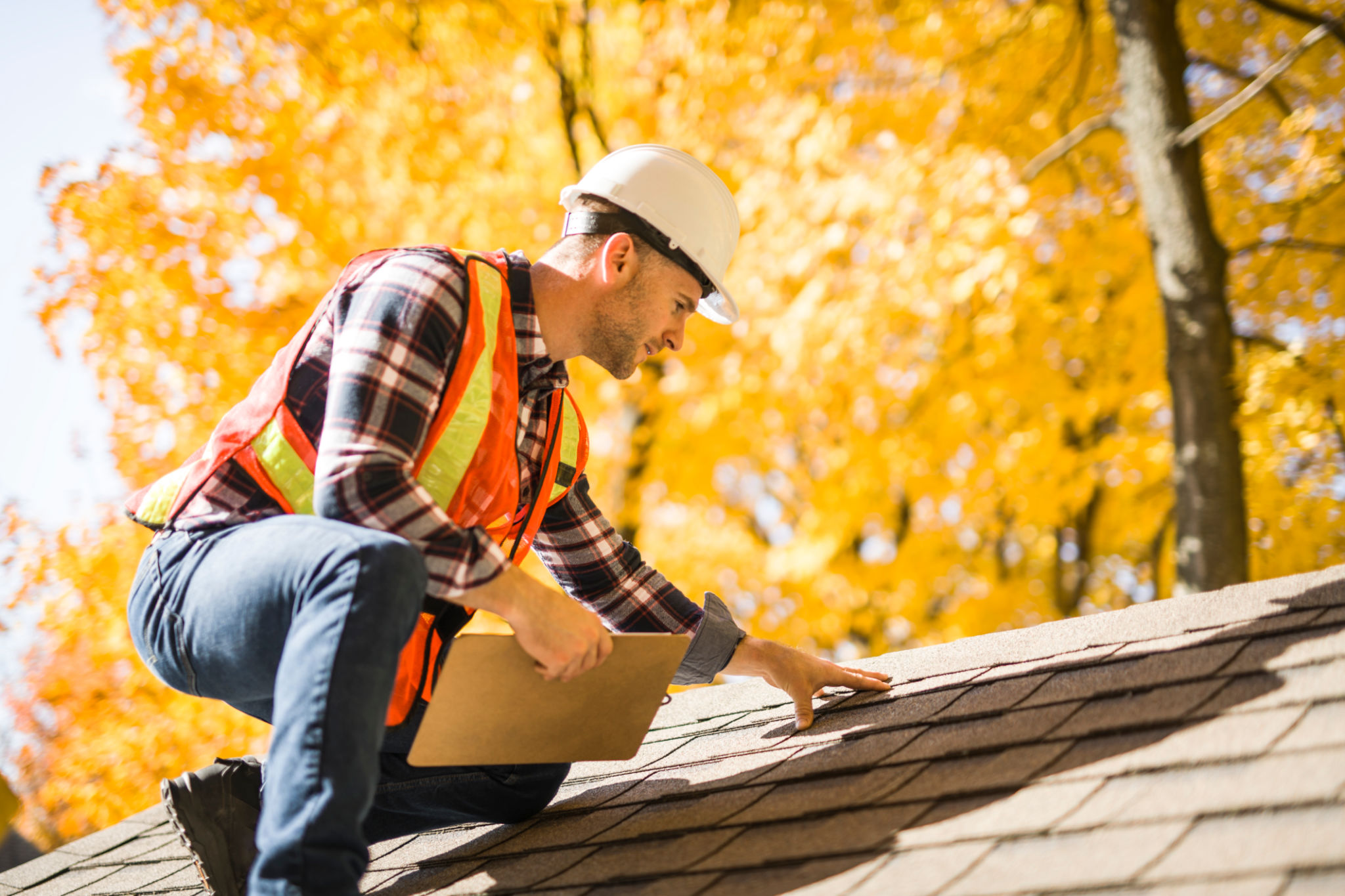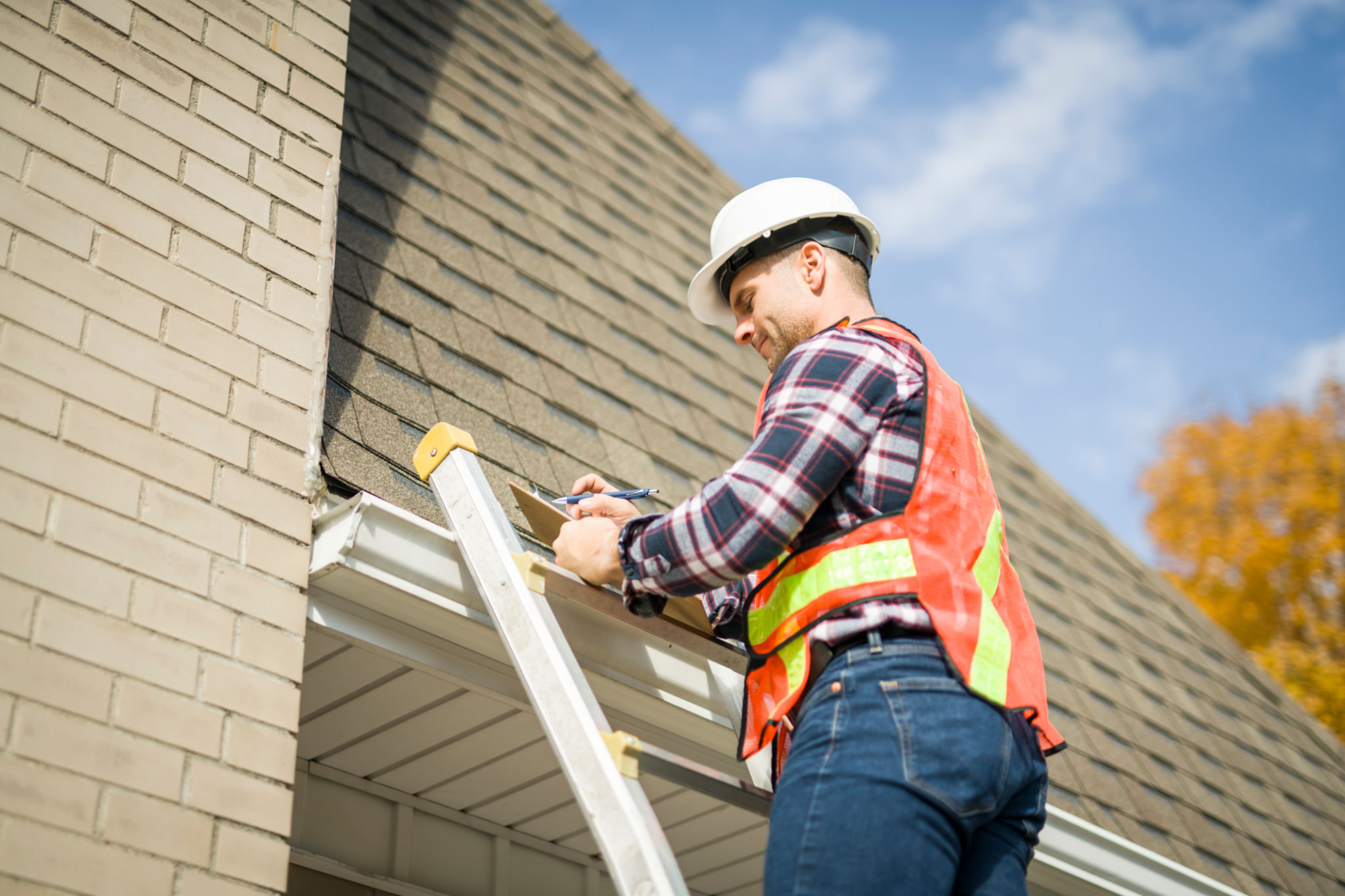DIY Roof Inspection: How to Spot Common Problems Before They Get Worse
Introduction to DIY Roof Inspection
Your roof is one of the most critical components of your home, protecting you and your belongings from the elements. Regular inspections can help spot potential problems before they become costly repairs. While it’s always a good idea to hire a professional for a thorough inspection, a DIY approach can be beneficial in identifying obvious issues early on.
Conducting a roof inspection yourself doesn’t require special skills, just a keen eye and some basic safety precautions. Here’s how you can spot common roofing problems before they get worse.

Safety First: Preparing for Your Inspection
Before starting your inspection, ensure you have the right safety gear. Wear sturdy shoes with good grip, use a stable ladder, and never inspect your roof alone. Safety should always be your top priority.
Check the weather forecast to ensure you choose a day with clear skies. A dry roof is much safer to walk on than a wet one. Additionally, make sure to have a partner nearby to assist or call for help if necessary.
Tools You’ll Need
- Sturdy ladder
- Binoculars for ground inspection
- Flashlight for attic inspection
- Notebook and pen for taking notes
Exterior Roof Inspection
Start your inspection from the ground using binoculars to get a broad view of your roof's condition. Look for missing or damaged shingles, sagging areas, or debris buildup. These are common signs of wear and tear that need immediate attention.
Once you’ve assessed from the ground, carefully climb your ladder to get a closer look. Pay special attention to the shingles' condition. Cracked or curled shingles can lead to leaks and should be replaced as soon as possible.

Checking Flashings and Chimneys
Flashings are metal pieces installed around roof features like chimneys and vents to prevent water leaks. Inspect these areas for any signs of rust, cracks, or separation from the roof surface. Damaged flashings are a common source of leaks and should be repaired promptly.
Examine the chimney for any signs of wear such as cracks or damaged bricks. Ensure that the chimney cap is intact and securely attached.
Interior Inspection: Attic and Ceilings
The interior of your home can offer clues about the condition of your roof. Head to the attic with a flashlight to look for water stains, mold, or damp insulation. These signs indicate potential roof leaks that need addressing.
Check your ceilings and walls for water stains or discoloration, which can also signal a leak. Early detection of these issues can prevent extensive water damage inside your home.

Gutter Examination
Your gutters play a crucial role in directing water away from your roof and foundation. Ensure they are free of leaves, twigs, and other debris that can cause blockages. Clogged gutters can lead to water overflow and damage both your roof and exterior walls.
Additionally, check that your gutters are securely fastened and not pulling away from the house. Misaligned or damaged gutters should be repaired or replaced to ensure proper drainage.
Regular Maintenance Tips
To keep your roof in good condition, consider incorporating regular maintenance practices. Trim overhanging branches that could damage the roof during storms. Keep an eye out for algae or moss growth, which can cause shingles to deteriorate over time.
By conducting routine inspections and maintenance, you can extend the lifespan of your roof and prevent costly repairs. Remember that if you encounter any issues beyond your expertise, it’s best to contact a professional roofer for assistance.

